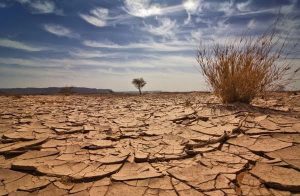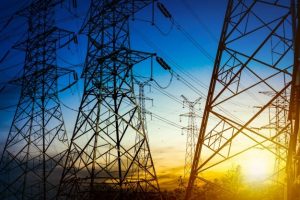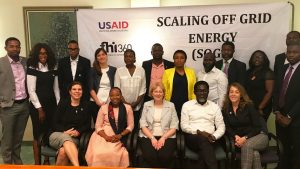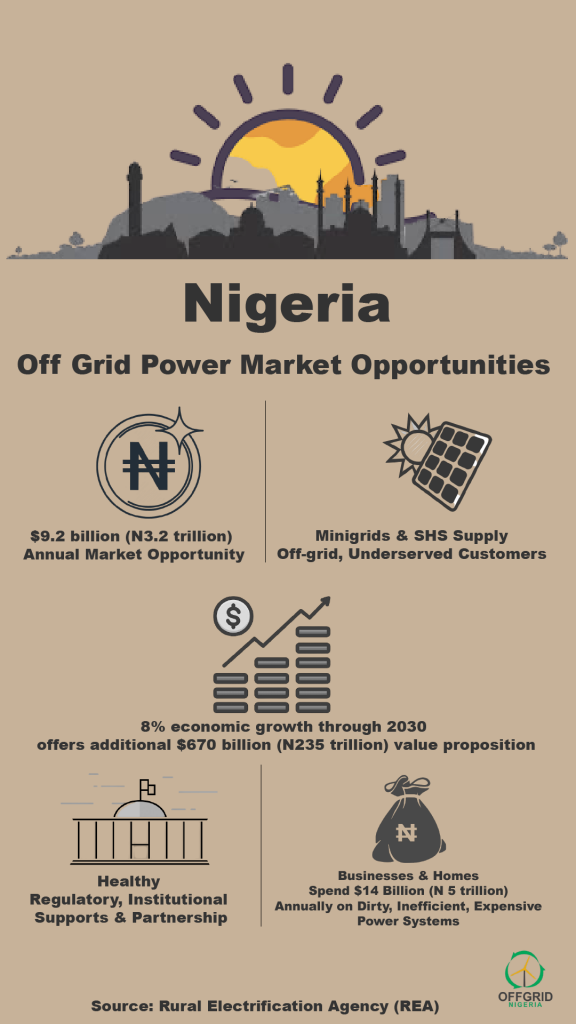With the New Year comes new opportunities for decentralized energy around the world – and from our friends at energy access organization Power for All, come a series of insightful pieces looking ahead to what’s in store for decentralized renewables in 2017.
From NGOs to utilities, from government initiatives to investor-driven funds, from established bases to new frontiers and across the technology spectrum, decentralized renewables and energy storage are entering 2017 on a high note. Here are Power for All’s tips for what, and where, to watch this year:
Will 2017 break the billion-dollar barrier?

By Susie Wheeldon
The end of 2016 saw a volley of investments in decentralized renewable energy (DRE) companies that saw the year out with a bang for the decentralized renewables sector, including $90 million investment into Lumos Global, a joint venture between Off Grid Electric and EDF, a $20 million investment in Fluidic, and an €14.6 million investment in Mobisol, following Investec Asset Management buying a stake in the company in October. It also saw the launch of two innovative – and potentially game changing – initiatives, a $100 million open fund for solar and storage, and the One for All campaign, an independent, global campaign to mobilize new investors to focus 1% of their assets on solutions to energy poverty.
And…governments and multilateral development banks (MDBs) are finally on the move.
In the last quarter of the year, the European Bank for Reconstruction and Development announced a €400 million package to support small-scale renewable energy and resource efficiency projects in Turkey, the Asian Development Bank committed a $325 million loan to connect off-grid communities in Pakistan through micro-hydro and PV systems, the United States-India Clean Energy Finance $20 million initiative was launched to catalyze OPIC investment and private finance into the DRE sector, and this week’s announcement saw the AfDB kick start a $500 Facility for Energy Inclusion with $100 million in seed funding.
Much of the MDB funding is multi-year, and it may not all flow to the private market, but another record year—teamed with gathering momentum—gave us pause to ask: will 2017 be the year the billion dollar DRE investment opportunity finds its funding? (and will the World Bank join the MDB list…)
Frontier markets: islands, eagles, states
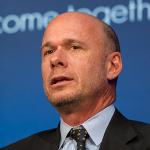
By William Brent
The buzz around decentralized renewable energy has so far mostly been in East Africa and South Asia, i.e. high-flying Kenya and massive India and Bangladesh. 2017 will see growth of decentralized energy into new frontiers. And thanks to Sustainable Energy for All (SEforAll), we now have a clearer picture of where the biggest opportunities for renewable energy to close the access gap are. The SEforAll “Heat Maps” identify the countries where the electricity deficit is highest, as well as the countries of high-impact for renewables penetration. If you overlay those, factor in which national governments are embracing decentralized renewables, then account for countries where finance and businesses are ready to scale, we have a pretty solid idea of what’s coming in terms of potential “new wins” for the sector in 2017, including:
Island dreaming
Two island nations – Indonesia (250 million people) and Madagascar (25 million) – are poised for breakthrough. In both countries, Caterpillar and Fluidic Energy are aiming to use solar-plus-storage minigrids to power 1.5 million remote villagers in Indonesia and electrify 100 villages in Madagascar. Islands have long been out ahead in championing decentralized renewables.
My-oh-Myanmar
After India, Myanmar appears to be the darling amongst private foundations, development banks and donors for making a dent in Asian energy poverty. The country received $400 million in funds from the World Bank, with 500,000 decentralised connections targeted by 2021.
The eagle
Nigeria, whose national bird is the eagle, may be finally ready to soar in 2017, as could other ECOWAS countries of West Africa, including Senegal, Ghana, Benin, Ivory Coast, Niger and Sierra Leone. Nigeria is the big prize, with one-sixth of Sub-Saharan Africa’s unelectrified people living there. It is also increasingly the focus of foundations, donors and multilateral banks.
Going sub-national
Country-level advances on policy are key, but they are only as good as their implementation sub-nationally. That is perhaps best witnessed in India. In 2017, Odisha – with India’s highest number of off-grid households – is also hoping to make a big move. The Power Up Odisha initiative has been launched to help meet the Indian government’s ambitious goal of 24×7 Power for All by FY2018-19. Odisha could provide a compelling view into what truly integrated energy planning looks like in practice.
Grab bag
Several other countries often overlooked are also worth watching, including Zambia, which boasts strong national leadership, focused attention from the international community and a concentration of climate and green finance on developing a clean energy future. The Beyond the Grid Fund for Zambia, a $20 million multilateral fund, aims to provide one million Zambians with clean electricity by 2018. Keep an eye on Mozambique and Pakistan too.
Four E’s: Here come the utilities
By Susie Wheeldon
Long filed under “corporate social responsibility” (CSR), 2017 will mark the year when decentralized renewable energy (DRE) attains legitimacy among the world’s leading utilities as a strategic, core business opportunity.
As Juan Garcia Montes, Engie’s executive in charge of their African decentralized business, explained: “Engie has been present in Africa for over 50 years, where it operates in the fields of electricity, natural gas and services. We are now also working on decentralized electricity production for isolated companies and rural villages and are convinced this could be a sizable part of the market because the solutions are better, subsidies are not required and technology is not an issue. It’s a very, very exciting space, and is shifting from being something purely about good, charitable efforts, to being about how to build a sustainable business.”
Engie has launched its own minigrid unit, Power Corner, which is expanding next year from one to 10 minigrids in Tanzania, and has made equity investments in several pay-as-you-go solar companies, including Fenix International, BBOXX and Persistent Energy Ghana (PEG).
And the opportunity has also been recognized by Engie’s peers. Enel, via its subsidiary Enel Green Power, has invested almost $12 million in a collaboration with minigrid operator PowerHive to build and operate solar photovoltaic (PV) minigrids in 100 Kenyan villages and power 20,000 households, businesses, schools and healthcare services. E.ON’s Rafiki Power runs eight PV minigrids in Tanzania, Iberdrola has invested $750,000 in beyond-the-grid financier SunFunder, and last month saw the launch of ZECI, a joint venture between Off-Grid Electric and EDF, which aims to enable two million people to access off-grid solar in the Ivory Coast by 2020, create 1000+ jobs, and rapidly expand into other West African countries.
For the full series and more insight from Power for All, please visit:
http://us11.campaign-archive1.com/?u=885ff8bc6c2476e70788542c5&id=994f0ac89c


